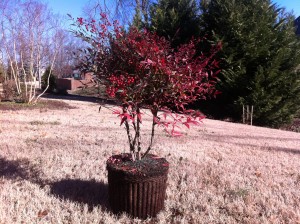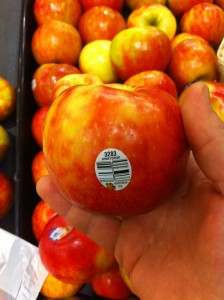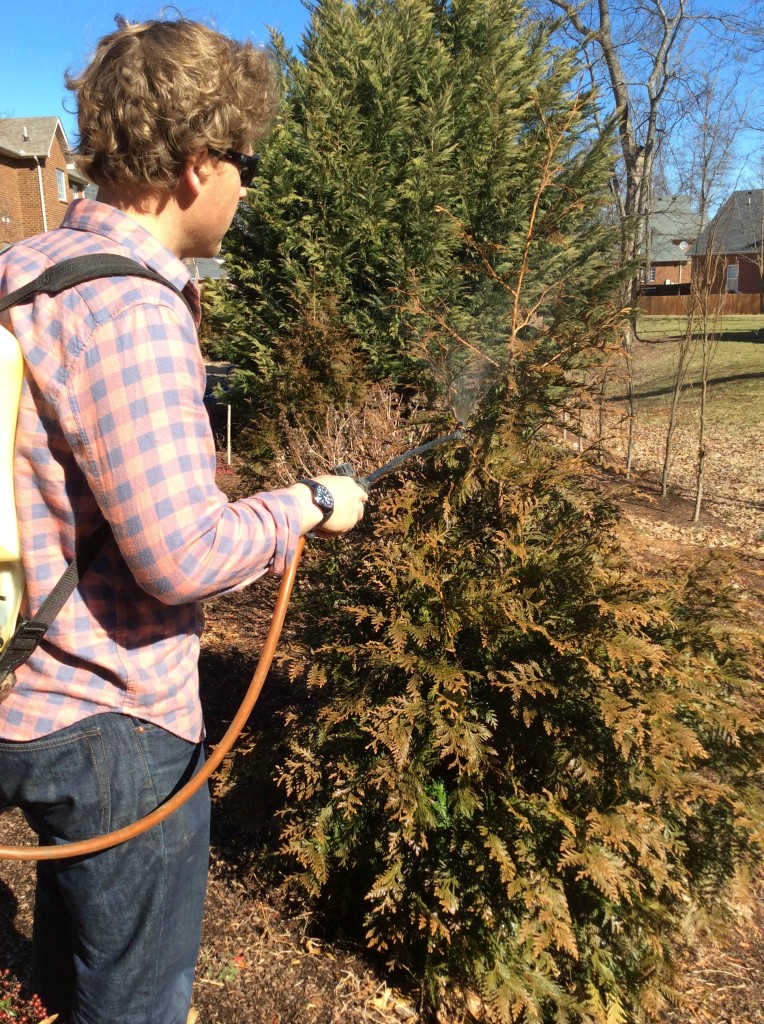A transplant is simply a tree or shrub that is freshly planted. The term is often used during installation.
Transplant can also mean the act of installing a new tree or shrub.
For example, I transplanted a transplant. Or, I transplanted a shrub today.
Question: Do you use this term, ever? It is often used by professionals. Please leave a comment below!







